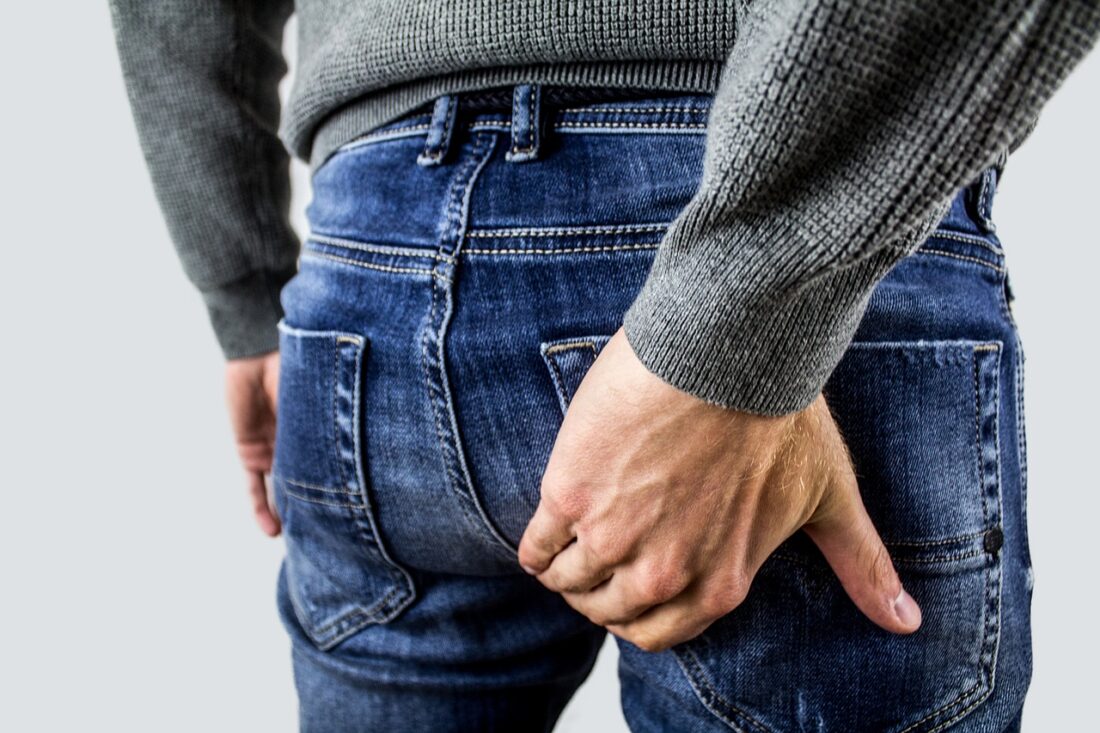Most recommended treatments for piles
Table of Contents
 What are Piles?
What are Piles?
Piles are swellings observed inside or around the anus or the rectum. The swelling is caused by the enlarged blood vessels due to its stretching giving rise to the sac-like structure. The sac formed constitutes tissues and veins. A pile arises due to the increased pressure that is applied to the anus. The size of the piles can vary.
Symptoms of Piles
A person suffering from piles can experience the following symptoms:
- Passing of blood from stool
- Pain while passing bowel
- Mucus discharge while defecating
- Painful, hard lumps in the anus that causes itching
Causes of Piles
There are various causes of piles. The primary cause is an increased pressure that is created in the anal region or rectum. This, in turn, leads to a collection of veins and tissues around the anus, resulting in swelling and pain. Some other causes are chronic diarrhoea, constipation, pregnancy, history of piles in family, and lifting heavyweights.
Treatment for Piles
Piles is a very common problem affecting lots of individuals in India. But many people feel shy to talk about it and continue suffering in silence. Some people are also reluctant to opt for surgical options and try alternative therapies that bring temporary relief from the symptoms. This includes lifestyle changes, homeopathy or ayurvedic treatment, or other allopathic medicines.
Some of the dietary changes that one can engage in, which primarily helps with ease in passing stool and reduction of constipation and diarrhoea are eating food rich in fibres, drinking plenty of fluids, avoiding sitting on the toilet for too long (as it puts pressure on the veins around the anus), not waiting if you feel the urge to pass stool, and losing weight as it often reduces the severity of the piles.
Laser Treatment for Piles
Laser surgery is one of the most effective and recommended treatment options available to treat patients suffering from piles. Pristyn Care clinic offers laser surgery treatment and various other services for the treatment of anorectal condition like piles, fissures, and fistula. Any patient can avail the benefit of getting treated with Laser surgery. Laser surgery is a less invasive technique than other surgical procedures. It helps the patients get over their fear of surgery and find a solution to their piles’ problem.
In the laser technique, there is no cut made. The tissues are not invaded but laser energy, in the form of radial fibre, is directly passed on the submucosal haemorrhoidal nodes in a precise and focused manner. The surgery is done quickly in a matter of minutes. Laser energy shrinks the size of the cells. It stops the blood supply to the abnormal tissue, leading to its death. There are zero chances for any recurrence or prolapse of formation of piles with this technique.
Laser surgery is a simple daycare procedure, performed under anaesthesia. The procedure is quite short and is completed within a few minutes. The patient is able to go home the same day.
Advantages of Laser Surgery
Laser surgery has a lot of advantages when compared to other traditional methods of treating piles, such as:
- It is a painless technique.
- Recovery time after the surgery is as short as one week.
- The anal sphincter action is well preserved, so no chances of incontinence or faecal leak.
- It is a minimally invasive technique.
- Short procedure and a patient can leave the same day, saving costs of hospital stay.
- No restrictions on diet or lifestyle.
- A patient is highly satisfied and happy with the treatment.
Other Treatment Options
Based on the size and location of the piles, other methods of treatment available to treat piles are:
- Banding: This type of treatment is done for piles that occur inside the anus lining, or ones which occur outside and can be re-inserted in the anus lining. An elastic band is tied at the base of the haemorrhoid, cutting off the blood supply to it. After a few days, the haemorrhoid falls off.
- Infrared Coagulation: If the haemorrhoid is within the anus lining, infrared coagulation treatment can be used to get rid of it. This method burns the haemorrhoid tissue with infrared light coagulation and removes it completely.
- Sclerotherapy: For haemorrhoids which are within the anus lining or can be re-inserted in the anus lining, sclerotherapy can be used. It aims at shrinking the size of haemorrhoids with the help of medicines.
- Haemorrhoid stapling: The haemorrhoid stapling method uses a surgical staple to fix the haemorrhoid inside the rectum. It is used for piles that protrude at the base of the anus lining after straining and have the ability to return inside the anus lining. The stapling does not remove the haemorrhoid but rather aims at the supporting haemorrhoid tissue to cut off the blood supply.
- Haemorrhoidectomy: It is the complete removal of the bleeding haemorrhoid tissue surgically, under the influence of general anaesthesia. The patient takes a few weeks to recover and this method can be painful. Laser surgery is a less painful and quicker surgical approach in comparison.
Summary
Eat fibres and drink plenty of fluids to prevent the chances of occurrence of piles in the first place, but if they do occur then get it treated. Your shyness may cost you other health complications like anaemia, blood clots, or strangulated haemorrhoids. If you opt for treatments which aim at reducing the size of the piles, you are not getting rid of the problem and it will recur, causing discomfort time and again. This is why getting a laser surgery done to remove the piles is helpful, as it rids you of the piles altogether.









